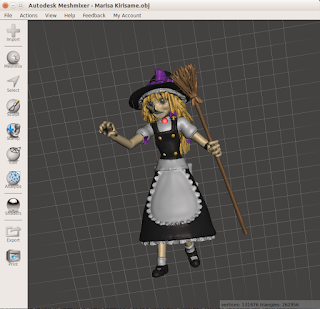Presentations' clock

I was recently invited by Pablo Murillo to give a talk at Zaragoza Maker Show and I wanted [among other things] to present a hands-on project to the audience, outlining the process I followed to get it done. I was lucky my friend and fellow "Arduinist" Colin Dooley gave me away a 15-led addressable RGB stripe a while ago. Unfortunately, the Cylon effect (aka Lasrson scanner for those old enough) was already taken as one example from FastLED library, so I had to do something else. I have chosen the title "Beyond Blink" for my talk , so it would be nice to get something that, while blinking, performed a more useful work. So what I decided was to use the 15-led stripe as some sort of presentations clock, that will help the speaker to know the time elapsed, a new led lit each minute, while of them is blinking each second. But as many talks are longer than 15 minutes, I repeated the same pattern with changing colours for each next quarter. Red being the last colo


